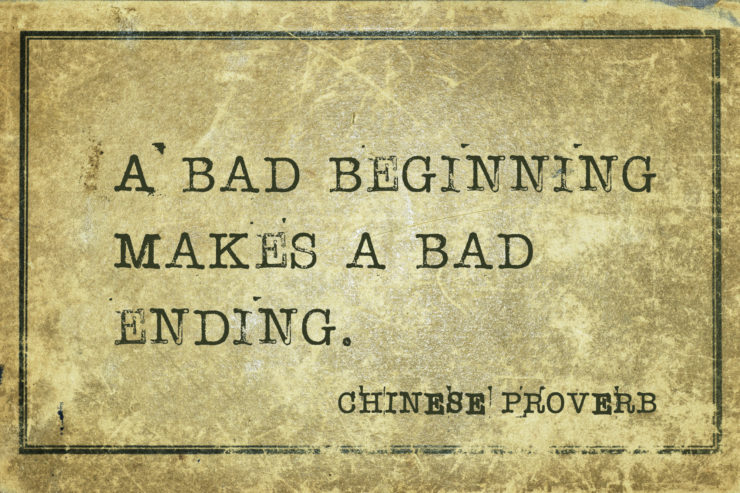
11 Jan The Hemp Standard is 0.3% THC. That Should Be Changed.

We are heading into the first decade of scaled commercial hemp production in the United States since the 1920s. As a law firm that has been helping cannabis businesses succeed since 2010, we couldn’t be more excited. And for good reason: the recreational market is expanding. Hemp is legal. CBD and other cannabinoids are fast becoming (if not already) household names. The international market is taking form and access to banking services is expanding. Public support is increasing. This looks like a great decade for cannabis.
But the USDA’s interim rules governing the production of hemp threaten significantly this economic juggernaut. Perhaps the most dubious rule is the total THC testing standard. To briefly summarize, the 2018 Farm Bill defined hemp as “[t]he plant species Cannabis sativa L. and any part of that plant . . . with a delta-9 tetrahydrocannabinol concentration of not more than 0.3 percent on a dry weight basis.” The USDA then adopted a total THC testing requirement by which total THC is the molar sum of delta-9 THC and delta-9 tetrahydrocannabinolic acid (“THCA”). The industry consensus is that the total THC requirement is impractical and likely devastating to cultivators and, therefore, to every business in the hemp supply chain. By way of contrast, several states previously had tested only for a .3 percent concentration of delta-9 THC, which everyone agrees is a more forgiving standard.
But why did the USDA set the dividing line at 0.3 percent anyway? Why not 0.5 percent or 1 percent?
The answer to that question lies in Canada and in the work of Dr. Ernest Small, a research botanist who began studying and writing about cannabis in the 1970s. In 1976, Small and his colleague, Arthur Cronquist, published “A Practical and Natural Taxonomy for Cannabis,” which set a dividing line between hemp and marijuana at 0.3 percent THC for purposes of establishing a biological taxonomy. Dr. Small’s approach is not the only one. Cannabis had been subjected to different taxonomical treatments by Linnaeus in 1753 and Lamarck in 178. Indeed, the proper taxonomical treatment of cannabis is still debated says Antonino Pollio in “The Name of Cannabis: A Short Guide for Nonbotanists.”
Small never intended his 0.3 percent demarcation to have legal significance. In a 2018 interview with the Winnipeg Free Press, Small—who continues to research and write about cannabis—explained:
At that time, when I did that study and published it, I had no idea that that would be used as a practical measure for countries licensing the amount of THC that would be permitted in order to grow it.”
Yet relied on it was. First by the European Union, whose Common Agricultural Policy caps THC concentrations at 0.2 percent to be deemed hemp, and later by the United States, which codified the 0.3 percent dividing line in the 2018 Farm Bill. This was done despite a 2016 article Small published with a colleague in the journal Agronomy in which described 0.3% THC as the “arbitrary threshold at which cannabinoid content is used to distinguish strains of hemp from marijuana.”
Take Action
All is not lost. Laws can be changed—telephone, write, or email your congressional representatives. Regulations can be rewritten—the USDA recently extended the comment period on the interim final rule until January 29, 2020.


Sorry, the comment form is closed at this time.